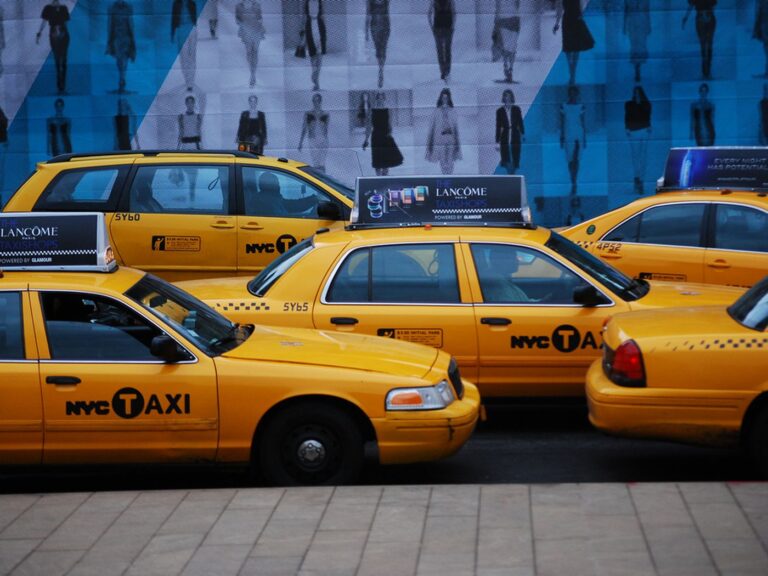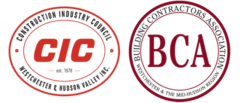Congestion Pricing Program
Posts
Early Advances: MTA
NEW YORK—The congestion zone pricing program is gaining supporters as it removes vehicles, improves travel time and creates new capacity on city roads. Initial signs of success were seen within the first two weeks after the program was switched on. An immediate decrease in traffic volume—up to 43,000 fewer vehicles—was recorded in Manhattan’s central business district.
Now six weeks after the Jan 5. launch of tolling plan, the MTA has reported that an average of 490,000 vehicles enter the Central Relief Zone (CRZ) on a daily basis. An additional 63,000 travel daily through the CBD using toll-exempt roadways. Under the projections, an average of 583,000 drivers would enter the toll zone each day. That could be the difference between flowing traffic and gridlock, people in Manhattan have reported.

MTA officials reported a wealth of early data confirming what many drivers have already noticed—a noticeable drop in congestion since the pricing plan took effect.
“Before the start of congestion relief, talk of lawsuits and doubts dominated the conversation, but now it’s the undeniably positive results we’ve been seeing since week one,” MTA Chair and CEO Janno Lieber said. “Better bus service, faster drive times and safer streets are good for all New Yorkers.”
In recent weeks, MTA data shows more than one million fewer vehicles entering the Congestion Relief Zone, resulting in improved travel time and shorter commutes. Other measurements released by MTA show subway and bus ridership on the rise, with express bus ridership saving up to 10 minutes on travel time.
Read more in the February Construction News.
